(1498 products available)
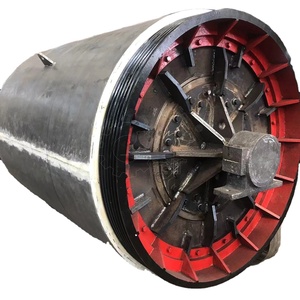










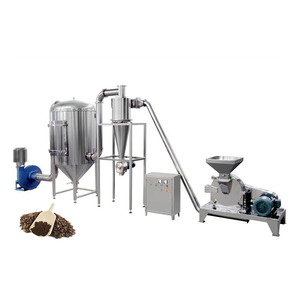


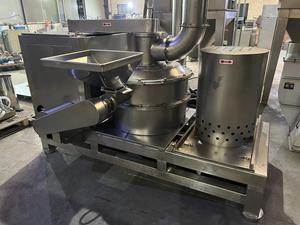


















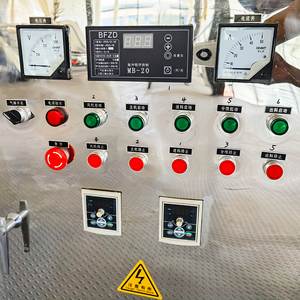






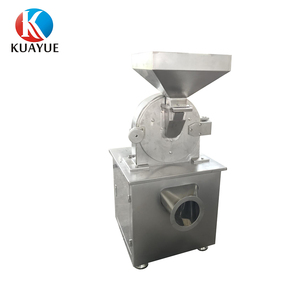



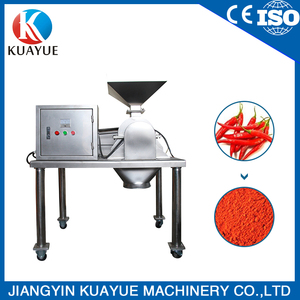



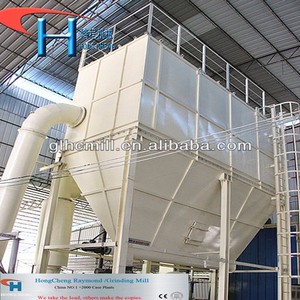


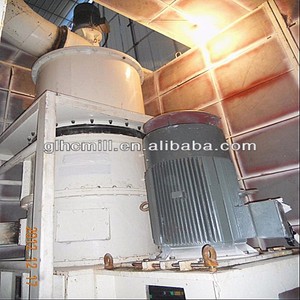





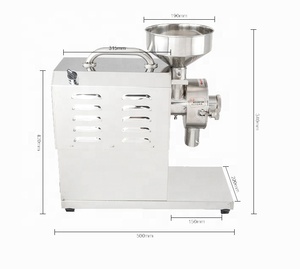








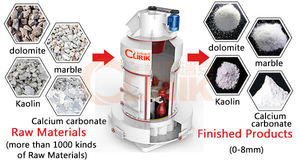



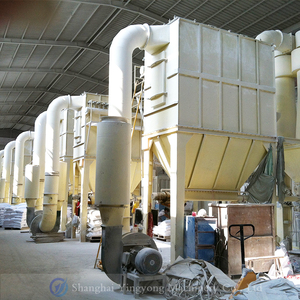









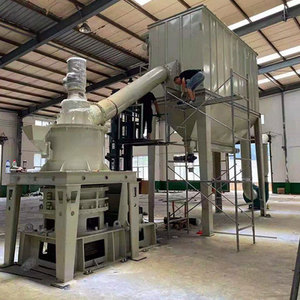







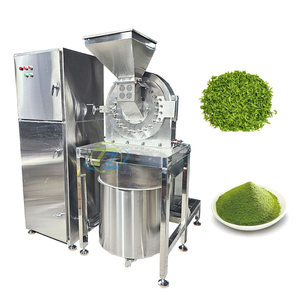
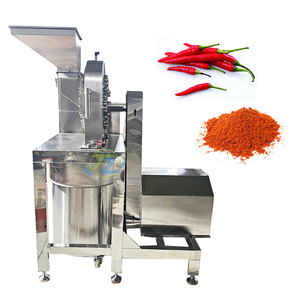









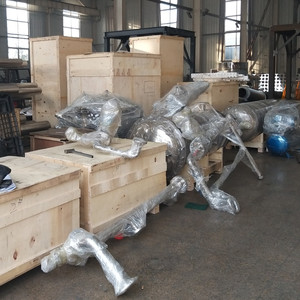





















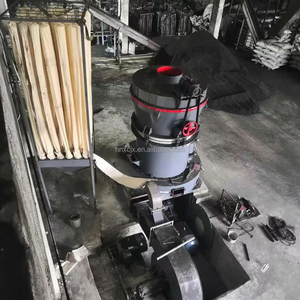

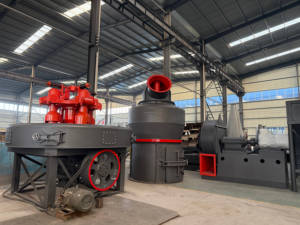
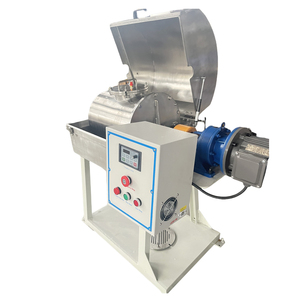

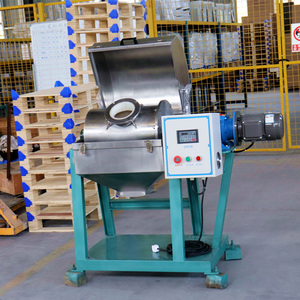
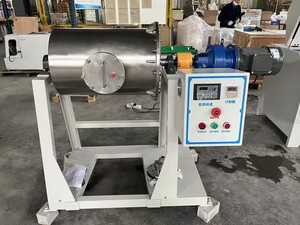



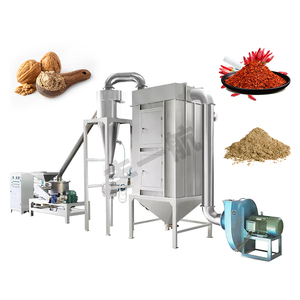

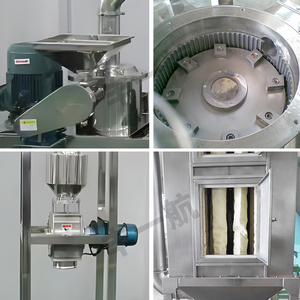


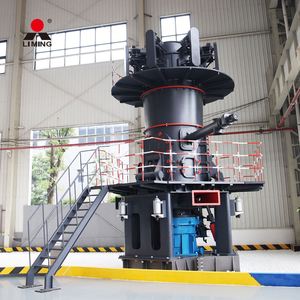

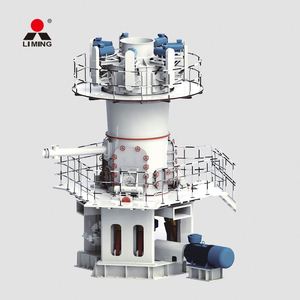



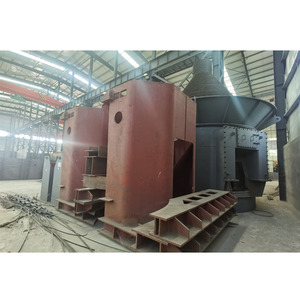


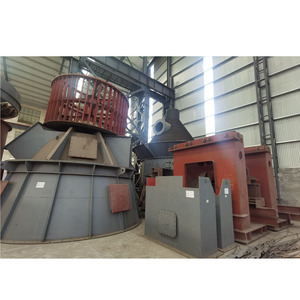


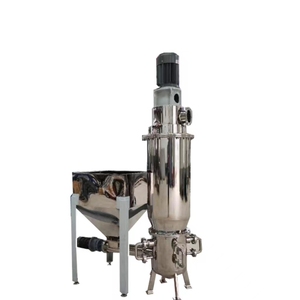
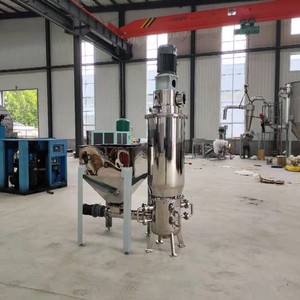


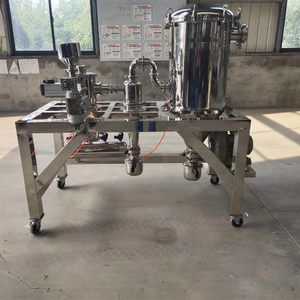
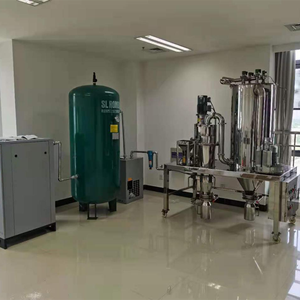

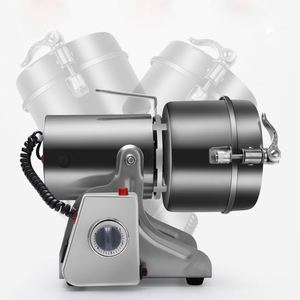

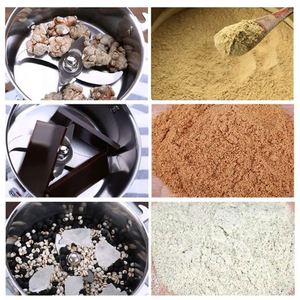


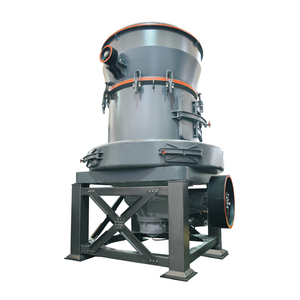
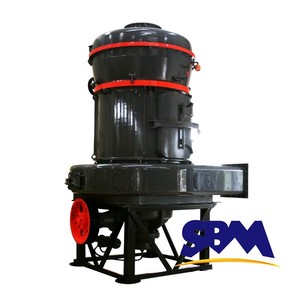
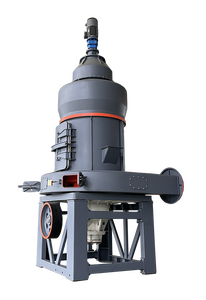






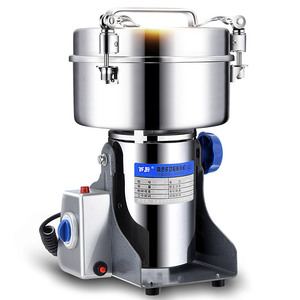







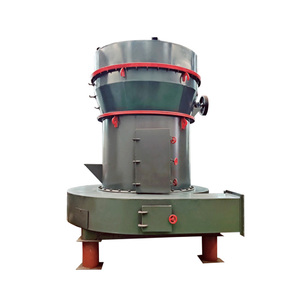
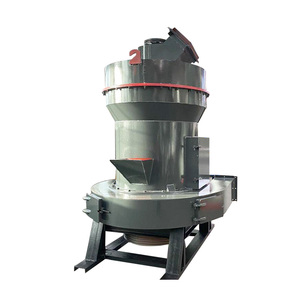










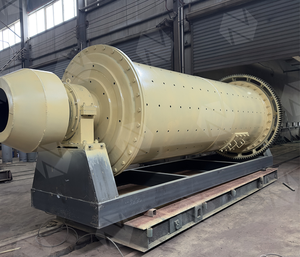



















A micron grinder mill is a type of heavy machinery used to break down substances into finer particles. It is also referred to as a pulverizer in some spaces and can be used for various industries and purposes. Many substances can be broken down using this device, including minerals, chemicals, food substances, rubber, and fodder, to name a few. The grinder mill creates dust when larger particles are transformed, which can then be utilized for many purposes, such as cooking, where certain food items are used as spices, industrial factory use, and farming.
Micron powder mills are available in many types and variations, including wet and dry grinder mills. Wet grinder mills work well with materials that have a high moisture content, while dry micron grinder mills are better suited for use with dryer, more solid materials. Beyond this basic distinction, micron grinder mills can also be broken down into further subcategories of mills that work based on different mechanisms.
Ball mills are used in heavy industries and factories and work by placing material into a hollow, rotating vessel with heavy balls inside. These balls collide with the material and pulverize it into finer particles. Micron ball mills can be used to produce anything from 1-micron magnitudes to even nano-sized particles.
Hammer mills use high-velocity hammers that strike the material at high speeds to break it down. They are more suited for brittle and softer materials that will crumble when hit by the hammer. Many hammer mills use screens to separate the harder, larger particles, and some may use cyclone separators.
Jet mills use high-pressure, high-velocity jets of air to pulverize material. They are more suited for harder substances that require a more robust form of processing. Chemical, agricultural, and industrial factories use these kinds of grinder mills. A benefit of using jet mills is that they do not require a lot of maintenance, as no moving parts are used in the mechanism. Aside from air jets, some grinder mills also use water for the same purpose.
Colloid-and-shear-based mills use high-speed rotor and stator assemblies to break down substances. They are suitable for gummy, viscoplastic materials with a high moisture content. In addition to food applications, shear-based grinder mills may also be used to pulverize chemicals and dyes, making them suitable for industrial use. Grinder mills with rotor and stator assemblies can produce particles as small as 1 to 5 microns.
Capacity:
The capacity depends on the feeding amount, output fineness, and grinding material. For example, a cyclone micron grinder mill with a 1.5-22kW motor power can process about 50-500kg/h.
Grinding fineness:
The grinding fineness of a micron grinder mill indicates how small the machine can make the material. For example, some mills can grind materials down to 20-200 mesh, while others can go as fine as 1500 mesh.
Motor power:
A grinder mill's motor power, measured in kilowatts (kW), shows how strong and efficient it is. Some mills have a motor power of 1.5 kW, while others might have up to 22 kW.
Blade type:
There are different kinds of blades in a grinder mill, such as disc, turbo, or hammer blades. Each type affects how well and quickly the material is ground.
It is important to take proper maintenance of the micron powder grinder mill to increase its lifespan and keep it working effectively. Below are some guidelines on how to take care of the grinder:
Due to its versatility, the micron grinder mill has numerous applications in different industries and sectors.
There are several things to look at when purchasing a grinder mill for the business. Check the following features:
Production Capacity
A grinder mill's production capacity shows how much material it can process in a given time. This could be an hour, day, or week, depending on the measuring unit. A grinder with high capacity can handle a lot of raw material at once, so it is great for big jobs. Businesses that deal with large amounts of material every day should put capacity first when picking a grinder. High-capacity grinders save time by processing more with each round compared to lower-capacity models. However, the capacity needs to match the amount of material the business actually goes through daily. A grinder with too much capacity for the small amount processed may cost more than needed.
Production Efficiency
The efficiency of a grinder indicates how well it breaks down raw material compared to energy used. An efficient grinder produces more finished product for every watt of power consumed. Efficiency ratings help businesses select grinders that get the most output from energy input. More efficient models lower operating costs by using less electricity, while still providing high processing levels. It is important to consider efficiency along with capacity, as both impact expenses. Grinders can have very different energy usage, so check efficiency to find one that minimizes bills.
Power Consumption
The amount of electricity a grinder mill uses is called power consumption. This shows how much power the mill needs to run and process material. A grinder's motor size, capacity, and design all influence power use. Larger motors tend to consume more power, but they also grind more material. Power consumption impacts electricity bills, so it is an important factor for businesses to review. Grinders with high production capacities may use more power, but they can process material faster. Finding a balance between power needs, job size, and operating costs is key. Selecting a grinder that does not consume excess power for the amount of material worked helps lower expenses.
Q1: What are the critical components of a micron grinder mill?
A1: The critical components of a micron grinder mill include the grinding chamber, the impeller, the classifier, the inlet and outlet ports, and the air flow system. These components work together to achieve fine grinding and particle classification.
Q2: Can a micron grinder mill handle moist materials?
A2: Yes, micron grinder mills can handle moist materials. However, they may require additional equipment, such as dryers, to prevent clogging and maintain optimal performance.
Q3: What is the expected lifespan of a micron grinder mill?
A3: The lifespan of a micron grinder mill depends on factors such as the material being processed, the operating conditions, and the maintenance practices. Typically, with proper maintenance, these mills can last for 10-20 years or more.
Q4: What are the installation requirements for a micron grinder mill?
A4: Micron grinder mills should be installed on a level and sturdy foundation. They should have enough space around them for maintenance and inspection. Moreover, the electrical and air connection should be in line with the manufacturer's specifications.